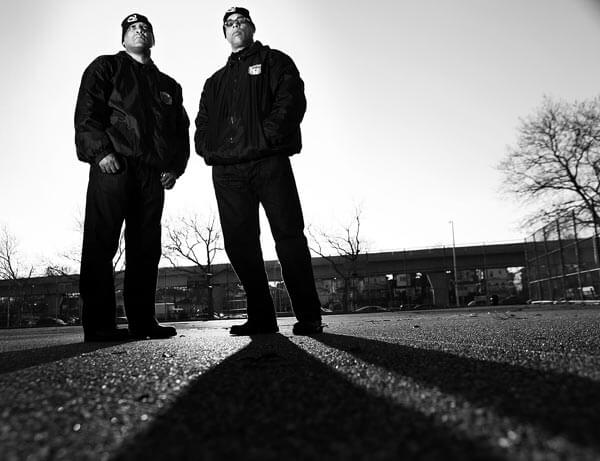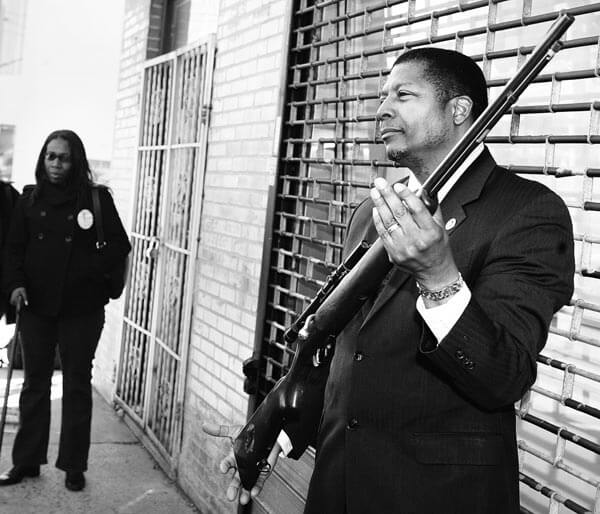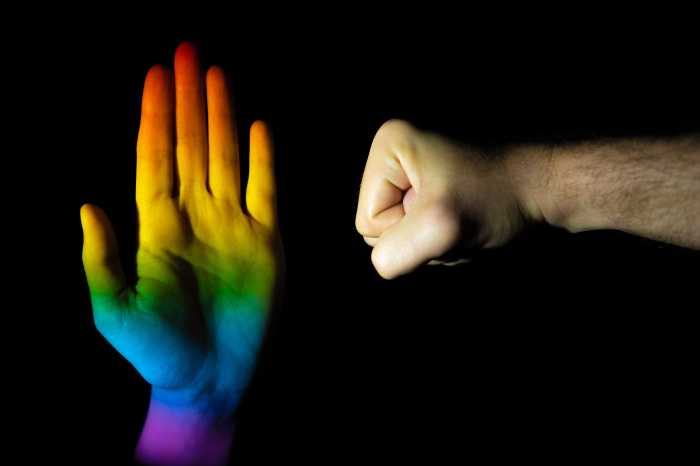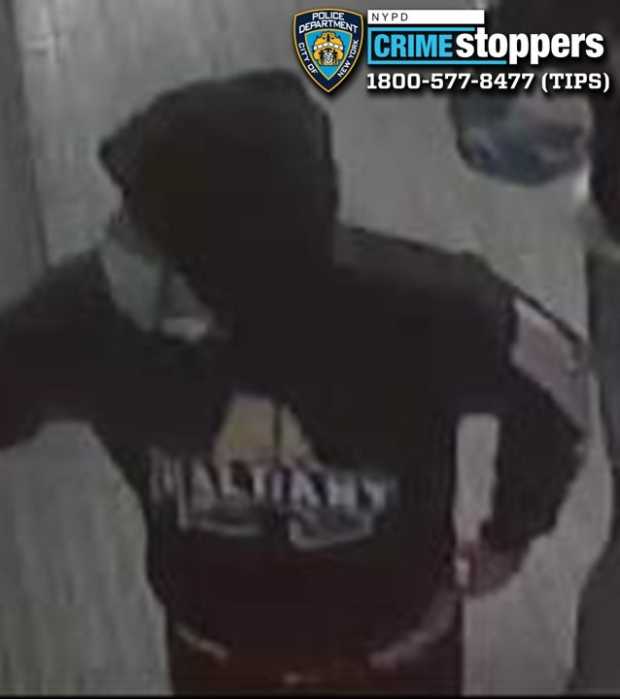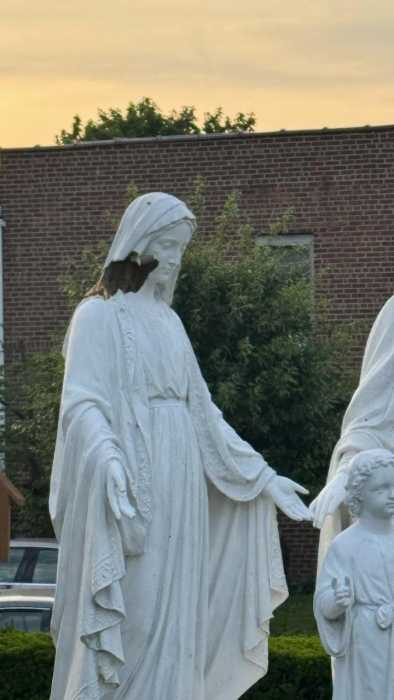By Joe Anuta, Howard Koplowitz, Ivan Pereira and Christina Santucci
Last year 43 lives were lost to murder in southeast Queens.
It is difficult to determine how many of the 43 homicides were gang-related, but gang violence and easy access to guns coupled with an unwillingness of witnesses to come forward have made it hard for police and prosecutors to do their jobs.
Law enforcement officers have yet to make arrests in 25 of those 43 murders, which occurred in three police precincts yet accounted for nearly half of the 100 murders throughout the borough last year. Those precincts — the 103rd, 105th and 113th —cover the neighborhoods of Jamaica, St. Albans, Cambria Heights, Queens Village, Laurelton, Brookville, Springfield Gardens, Rochdale Village, Hollis, New Hyde Park, Bellerose and Rosedale.
Tracking the role of gangs in the murders is a formidable task. Officials say even if a gang member commits a murder, the killing is not necessarily gang-related. But community leaders contend the presence of gangs in southeast Queens has contributed to a growing culture of violence in which disputes are too often settled with bullets.
Read the rest of the story on the Shots in the Dark page.

